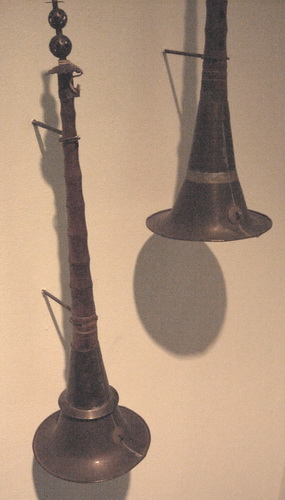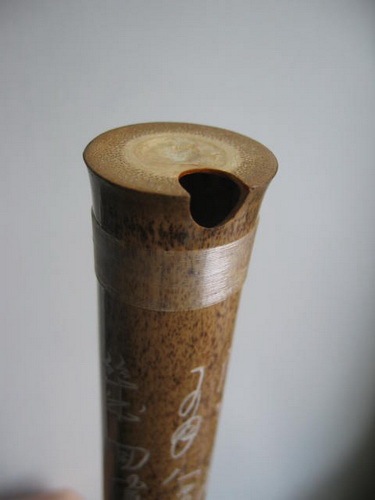
In conjunction with the music theme of our February 2014 magazine, we’ll be profiling other Chinese instruments that your kids may enjoy learning here on the beijingkids blog. To see how a group of US exchange students took to erhu, guzheng, Chinese bamboo flute, and Peking opera, turn to page 62 of our latest issue.
Due to their relative simplicity, woodwind instruments were some of the first to be produced and played in China. The woodwind family in Chinese orchestras is usually broken into flutes, oboes, and free reed pipes. Here is one of each, all of which are available for your kids to learn here in Beijing.
Hulusi 葫蘆絲
The hulusi is easy to identify for its bulbous gourd wind chest, through which three bamboo pipes pass. The central pipe has playable finger holes, while the two either side are traditionally used to create a drone – a continuous note played throughout. The bagpipes are an example of a western instrument that creates a drone, in case you still weren’t sure, though the hulusi is significantly easier for beginners to get to grips with.

Suona 唢呐
In western schools, music students are always taught to identify oboes by listening out for the sound of a duck. The Chinese varieties are no different, though the suona is a particularly high-pitched duck. More widely played in northern provinces, the double-reed instrument has been traditionally used at festivals, Daoist rituals, and for military purposes.

Xiao 箫
Known in ancient times as shuzhudi (literally “vertical bamboo flute”), the xiao differs from the Chinese bamboo flute featured in our February issue due to the fact that it’s played, surprisingly enough, vertically. A great starter instrument for kids with limited experience playing music, this xiao is about as simple as it gets. Blow into the hole at the end and use the finger holes to play.
For more information on these instruments, or to find lessons for your kids in Beijing, visit the Chinese instrument music school CNEthnic.
Photos courtesy of Wikimedia commons



